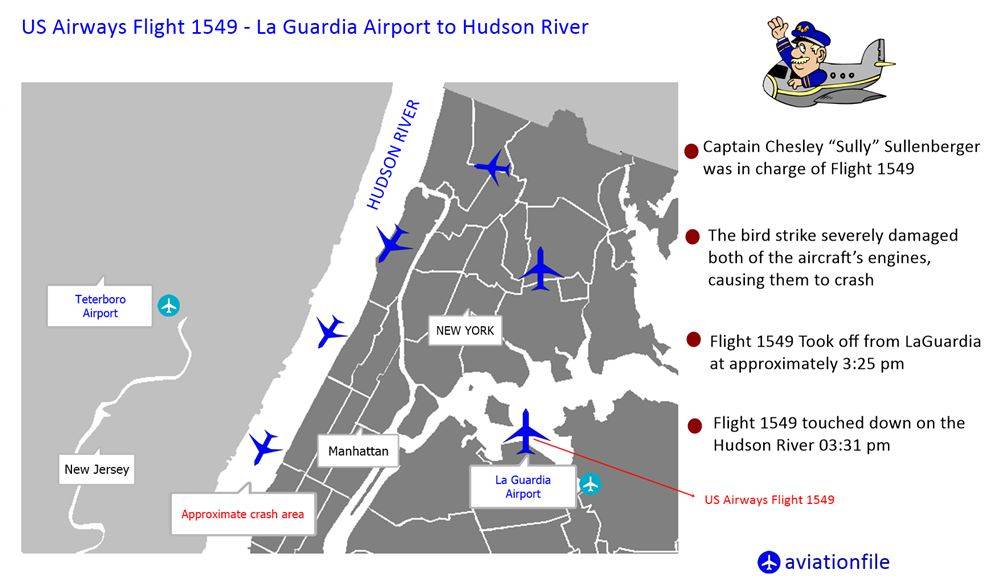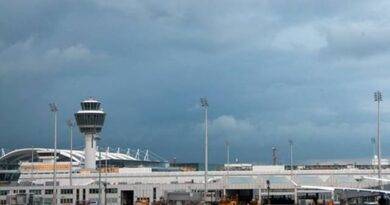Mastering Leadership in Aviation: The Role of Pilots in Ensuring Safety and Success
Leadership is the ability to guide, influence, and inspire a group toward a common goal. It involves making decisions, providing direction, and motivating others to achieve their best. A leader not only sets a vision but also fosters an environment of trust, collaboration, and accountability. They are decisive, resilient, and often act as a moral compass for their teams. Importantly, leadership is not just about being in charge; it’s about taking responsibility and empowering others.
Good leaders display empathy, effective communication, and adaptability. They understand the strengths and weaknesses of their team members and use that knowledge to achieve optimal results. Leadership involves creating an environment where people feel supported and are encouraged to grow. In times of uncertainty, a leader’s actions can make all the difference between success and failure.
| Type of Leadership | Short Definition | Example |
|---|---|---|
| Autocratic | Leader makes decisions unilaterally, with total control. | Military commanders giving orders in critical combat situations. |
| Democratic | Leader involves team members in decision-making. | A CEO holding brainstorming sessions to gather input from employees. |
| Transformational | Leader inspires and motivates change, focusing on innovation. | Elon Musk inspiring teams to create groundbreaking technologies at SpaceX. |
| Transactional | Leadership based on rewards and punishments to achieve goals. | A manager offering bonuses for meeting sales targets. |
| Laissez-Faire | Leader provides little guidance and allows the team to self-manage. | A startup founder allowing a skilled tech team to develop solutions independently. |
| Servant Leadership | Leader prioritizes the needs and growth of the team before their own. | A nonprofit director focusing on staff well-being to enhance performance. |
| Situational | Leader adapts their style based on the circumstances and team needs. | A pilot switching to a more directive style during an in-flight emergency. |
| Charismatic | Leader uses charm and personality to inspire followers. | Martin Luther King Jr. inspiring millions through his speeches and leadership in the Civil Rights Movement. |
Importance of Leadership in Aviation
In aviation, leadership is critical at every level. From air traffic controllers to pilots and ground crews, the ability to lead and make sound decisions affects the safety and success of every flight. Leadership ensures that operations run smoothly, protocols are followed, and team members can perform under high-pressure situations.
In aviation, where timing, precision, and teamwork are vital, effective leadership helps prevent errors and fosters clear communication. Aviation leaders must be calm in crises and able to make quick, informed decisions to protect passengers and crew. Whether on the ground or in the air, leadership shapes the entire operational flow.
Strong leadership in aviation also promotes a culture of safety. It encourages crew members to speak up about potential risks and ensures that everyone is heard. This culture of open communication reduces accidents and improves overall performance.
Do Pilots Need to Be Leaders?
Yes, pilots need to be leaders. Pilots are responsible for the safety of hundreds of lives, and in the cockpit, they lead their co-pilot and cabin crew. Leadership in this context is not just about giving orders, but about collaboration, communication, and decision-making. Pilots must build trust with their team to ensure smooth flight operations.
- Decision-Making: Pilots face high-pressure situations where quick decisions are needed. A leader’s decisiveness can mean the difference between a safe landing or disaster.
- Calm Under Pressure: In emergencies, a pilot’s leadership can stabilize a chaotic situation. Passengers and crew look to the pilot for guidance and confidence.
- Effective Communication: A pilot must communicate clearly with both the crew and ground control. Miscommunication can lead to serious consequences. Leaders ensure that information flows smoothly. “Aviate, Navigate, Communicate“
- Team Coordination: Pilots lead a team that includes flight attendants and ground staff. By fostering good teamwork, pilots ensure that every aspect of the flight runs safely and efficiently.
- Safety and Trust: Pilots must make decisions that prioritize safety above all else. Leadership builds trust, ensuring that everyone feels confident in the decisions made during a flight.
Extraordinary Leadership Events in Aviation
One of the most extraordinary examples of pilot leadership is the “Miracle on the Hudson” in 2009. Captain Chesley “Sully” Sullenberger demonstrated exemplary leadership when his plane struck a flock of birds, losing both engines just after takeoff. With no power and limited time, he calmly decided to land the aircraft on the Hudson River. His decision saved all 155 passengers on board.

Captain Sully’s actions highlighted several key leadership traits:
- Decisiveness: He made a quick decision to land in the river when returning to the airport was not an option.
- Calmness in Crisis: Despite the life-threatening situation, he remained calm, inspiring confidence in both his crew and passengers.
- Team Coordination: Sully communicated clearly with his co-pilot and air traffic control, ensuring everyone understood his plan.
Other examples include the heroics of Captain Al Haynes during United Airlines Flight 232. Despite catastrophic engine failure, Haynes led his crew through emergency procedures, saving many lives.
Case Study: Leadership in Aviation – The Miracle on the Hudson
In January 2009, US Airways Flight 1549 took off from LaGuardia Airport in New York City. Just minutes into the flight, the plane struck a flock of geese, causing both engines to fail. With no power and limited time to act, Captain Chesley “Sully” Sullenberger and his co-pilot, Jeff Skiles, faced a life-threatening crisis.
Leadership in Action
Captain Sully quickly assessed the situation, realizing the plane could not return safely to any nearby airport. He made the decisive choice to attempt an emergency landing on the Hudson River. His calm demeanor and clear communication with his crew ensured they were prepared for the impact. Despite the high-stress situation, he maintained control, focusing on the safety of all 155 people aboard.
Key Leadership Traits Displayed
- Decisiveness: Sully’s quick decision to land in the Hudson was critical, preventing a potentially catastrophic crash.
- Calm Under Pressure: His ability to stay composed under immense pressure inspired confidence in the passengers and crew.
- Team Coordination: Sully worked closely with his co-pilot and gave clear instructions, ensuring a smooth emergency landing.
Outcome
Thanks to Captain Sully’s leadership, all passengers and crew survived. This event, later called the “Miracle on the Hudson,” became a remarkable example of leadership in aviation. Sully’s actions highlight how effective leadership—marked by calm decision-making, communication, and teamwork—can save lives, even in the most critical moments.
This case demonstrates that leadership in aviation is not just about technical skills; it’s about making the right decisions under pressure and leading a team to safety. Captain Sully’s leadership was instrumental in turning a potential disaster into a miraculous survival story.
Conclusion
Leadership is essential in aviation, especially for pilots. Pilots are not just technical experts; they must guide and inspire their crew in both routine and emergency situations. The ability to make decisive, calm, and effective decisions ensures the safety and well-being of passengers and crew. Extraordinary events, like the “Miracle on the Hudson,” remind us of the life-saving role leadership plays in aviation. Strong leadership in the skies ensures that even in the face of disaster, there is hope for survival.
References and Further Reading Links
- https://www.businessleadershiptoday.com/leadership-styles-autocratic-democratic-transformational/
- https://www.verywellmind.com/what-is-authoritarian-leadership-2795314
- https://www.verywellmind.com/what-is-charismatic-leadership-2795317
- https://www.project.co/blog/leadership-styles-explained/
- https://www.factualamerica.com/sully-miracle-on-the-hudson


